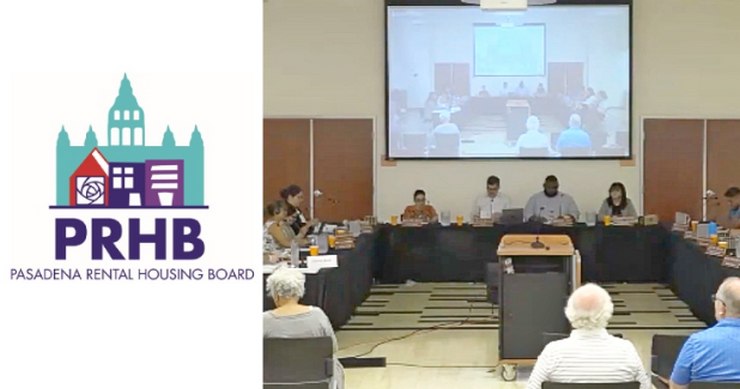NASA has selected 36 fellows for its prestigious Einstein, Hubble and Sagan fellowships. Each post-doctoral fellowship provides three years of support to awardees to pursue independent research in astronomy and astrophysics. The new fellows will begin their programs in the fall of 2016 at a host university or research center of their choosing in the United States.
“The selected fellows are some of the brightest, rising stars in the field of astronomy and astrophysics,” said Paul Hertz, director of Astrophysics at NASA Headquarters, Washington. “We look forward to the exciting discoveries they make that further our understanding of the universe.”
Participants in the Einstein Fellows program conduct research broadly related to the mission ofNASA’s Physics of the Cosmos (PCOS) Program, which aims to expand our knowledge of the origin, evolution and fate of the universe. The PCOS Program consists of a suite of operating science missions and possible future missions that focus on specific aspects of these questions.
“We are very pleased to welcome this talented group of young scientists as the incoming Einstein Fellows,” said Belinda Wilkes, Director of the Chandra X-ray Center at the Smithsonian Astrophysical Observatory in Cambridge, Massachusetts, which manages the Einstein Fellows program for NASA. “Their research will advance the quest to better understand the physics of the cosmos in a variety of directions.”
The 13 new Einstein Fellows in alphabetical order and their host institutions are:
Iair Arcavi, University of California, Santa Barbara
Lia Corrales, University of Wisconsin, Madison
Eric Coughlin, University of California, Berkeley
Daniel D’Orazio, Harvard University, Cambridge, Massachusetts
Davide Gerosa, California Institute of Technology, Pasadena
Michael Johnson, Smithsonian Astrophysical Observatory, Cambridge, Massachusetts
Boris Leistedt, New York University, New York
Morgan MacLeod, Princeton University, New Jersey
Dheeraj Pasham, Massachusetts Institute of Technology, Cambridge
Anna Patej, University of Arizona, Tucson
Blake Sherwin, Lawrence Berkeley National Laboratory, California
Daniel Siegel, Columbia University, New York
Daniel Wilkins, Stanford University, Palo Alto, California
Participants in the Hubble Fellowship program conduct research broadly related to the mission of NASA’s Cosmic Origins (COR) Program, which aims to examine the origins of galaxies, stars and planetary systems, and the evolution of these structures with cosmic time. The COR Program also consists of a suite of operating science missions and possible future missions that focus on specific aspects of these questions.
“Hubble Fellows are the future leaders of our field, and these prestigious fellowships give them a wonderful opportunity to grow professionally and establish their credentials. This impressive class of Fellows will surely make major contributions to astronomical research for years to come. Congratulations to all of them,” said Ken Sembach, Space Telescope Science Institute (STScI) director in Baltimore.
The 17 new Hubble Fellows are listed below in alphabetical order with their host institutions:
- Brendan Bowler, University of Texas at Austin
- Zheng Cai, UCO/Lick Observatory, University of California
- Emmanouil Chatzopoulos, University of Arizona, Tucson
- Diana Dragomir, Massachusetts Institute of Technology, Cambridge
- Maria Drout, Carnegie Observatories
- Jean-Baptiste Fouvry, Institute of Advanced Study, Princeton, New Jersey
- Sean Johnson, Princeton University, New Jersey
- Michael McCourt, University of California, Santa Barbara
- Anne Medling, California Institute of Technology, Pasadena
- Maxwell Millar-Blanchaer, Jet Propulsion Laboratory, Pasadena, California
- Marcel Sven Pawlowski, University of California, Irvine
- Paola Pinilla, University of Arizona, Tucson
- Sarah Sadavoy, Smithsonian Astrophysical Observatory, Cambridge, Massachusetts
- Josiah Schwab, University of California, Santa Cruz
- Daniel Scolnic, University of Chicago, Illinois
- Paul Torrey, Massachusetts Institute of Technology, Cambridge
- Jennifer Yee, Harvard University, Cambridge, Massachusetts
The Sagan Fellowship, created in September 2008, supports 6 scientists whose research is aligned with NASA’s Exoplanet Exploration Program. The primary goal of this program is to discover and characterize planetary systems and Earth-like planets around other stars.
“The 2016 Class of Sagan Fellows covers almost all aspects of exoplanet research: from the theory and observation of forming planets and the study of exoplanet atmospheres, to the architecture of planetary systems and the search for habitable exo-Earths. With their innovative ideas, technical skills and leadership abilities, these young scientists will expand the frontiers of the exciting field of astrophysics,” said Charles Beichman, executive director of the NASA Exoplanet Science Institute at the California Institute of Technology in Pasadena.
The six 2016 Sagan Fellows are listed below with their host institutions:
- Katherine Follette, Stanford University, Palo Alto, California
- Jeffrey Fung, University of California, Berkeley
- Samuel Halverson, University of Pennsylvania, Philadelphia
- Kento Masuda, Massachusetts Institute of Technology, Cambridge
- Benjamin Montet, University of Chicago, Illinois
- Caroline Morley, Harvard University, Cambridge, Massachusetts
The Chandra X-ray Center administers the Einstein Fellowships for NASA. NASA’s Marshall Space Flight Center in Huntsville, Alabama, manages the Chandra program for NASA’s Science Mission Directorate in Washington, D.C. The Smithsonian Astrophysical Observatory controls Chandra’s science and flight operations. STScI administers the Hubble Fellowships for NASA. STScI is the science operations center for the Hubble Space Telescope and the science and mission operations center for the James Webb Space Telescope, scheduled for launch in 2018. STScI is operated for NASA by the Association of Universities for Research in Astronomy, in Washington, D.C. The NASA Exoplanet Science Institute, which is operated at Caltech in coordination with JPL, administers the Sagan Fellowship Program.
A full list of the 2016 fellows and other information about these programs is available at:
http://cxc.harvard.edu/fellows/fellowslist.html
http://www.stsci.edu/institute/smo/fellowships/hubble/fellows-list/
http://nexsci.caltech.edu/sagan/2016postdocRecipients.shtml
For more information about NASA’s Astrophysics Division, visit:
http://nasascience.nasa.gov/astrophysics














 0 comments
0 comments


